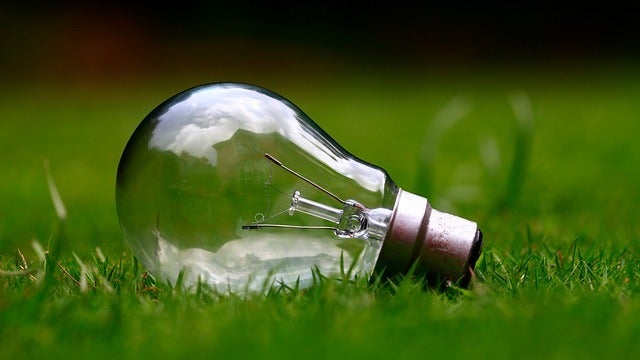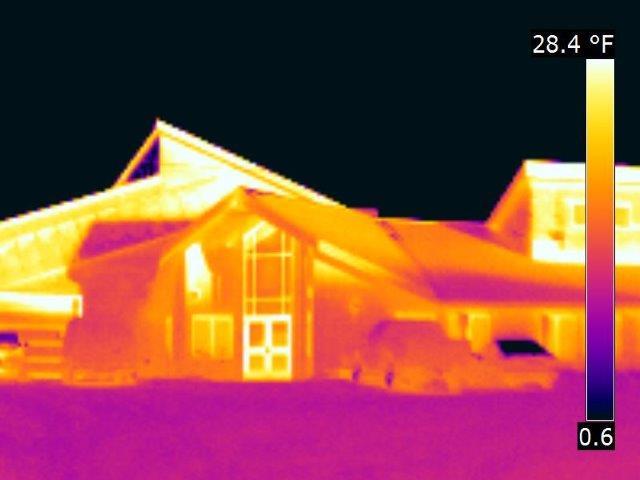
Environmentalists feel strongly about the need to take action on climate change. However, President Donald Trump has denied the link between human activity and climate change on some occasions. Even in situations when he admitted that there might be some connection, he expressed concern about the costs of reducing greenhouse gas emissions.
Is there any common ground to help resolve this conflict? Can we combat climate change without added costs, or even with profits? Yes, we can. The solution is called energy efficiency. Let’s look at a simple example:
Upgrading a 60-watt incandescent light bulb used six hours per day to a 10-watt LED will save 0.3 kilowatt-hours (kWh) in one day, or about 110 kWh in a year. With the national average electricity rate of about 10 cents per kWh, that is about $11 in annual savings. Considering that such an LED costs about five dollars, one is looking at an annual return of over 200 percent. For comparison, investing in the oil industry typically produces about a 10 percent annual return. If you are overwhelmed by all the numbers, consider the bottom line:
Investing in the simple energy efficiency upgrade described above results in a significant reduction in carbon emissions and extraordinary financial profits at the same time.
Clearly, not all energy efficiency measures generate outstanding profits, but we have a long way to go before we run out of those that do.
If energy efficiency is so great, why aren’t we using it to its full potential? Unlike solar panels or wind turbines, energy efficiency is mostly invisible. Out of sight, out of mind. Insulation is hidden inside walls and ceilings, efficient motors in industrial processes look just like their conventional counterparts, and smart programs are stored inside the memory chips of energy control systems.

Infrared image shows heat loss that is otherwise invisible.
Energy efficiency has been hiding from many politicians, CEOs, homeowners, facilities managers, educators, and others. We need to make it more visible and bring it to the forefront of people’s minds. The environmentalists and profit seekers have much in common, and the time is right to bring energy efficiency into focus and show its benefit to both groups.
Some people already understand this commonality. Approximately two million workers nationwide are employed in the energy efficiency sector. Many entities have already realized energy efficiency’s potential.
The examples of these successes are numerous: At the Bristol Bay Campus of the University of Alaska Fairbanks, we have reduced electrical energy consumption by about 40 percent largely through low-cost measures, such as lighting upgrades, adjusting ventilation schedules to reflect occupancy, and smart controls. Californians have saved about $90 billion thanks to 40 years of energy efficiency efforts. And weatherization programs throughout the nation have helped millions of families while yielding about four dollars in benefits for every dollar invested.
So, do humans cause climate change? We don’t always have to agree on a problem in order to agree on actions. Climate change or not, energy efficiency is a smart move.
Updated on January 21, 2017: “President-elect” changed to “President”
